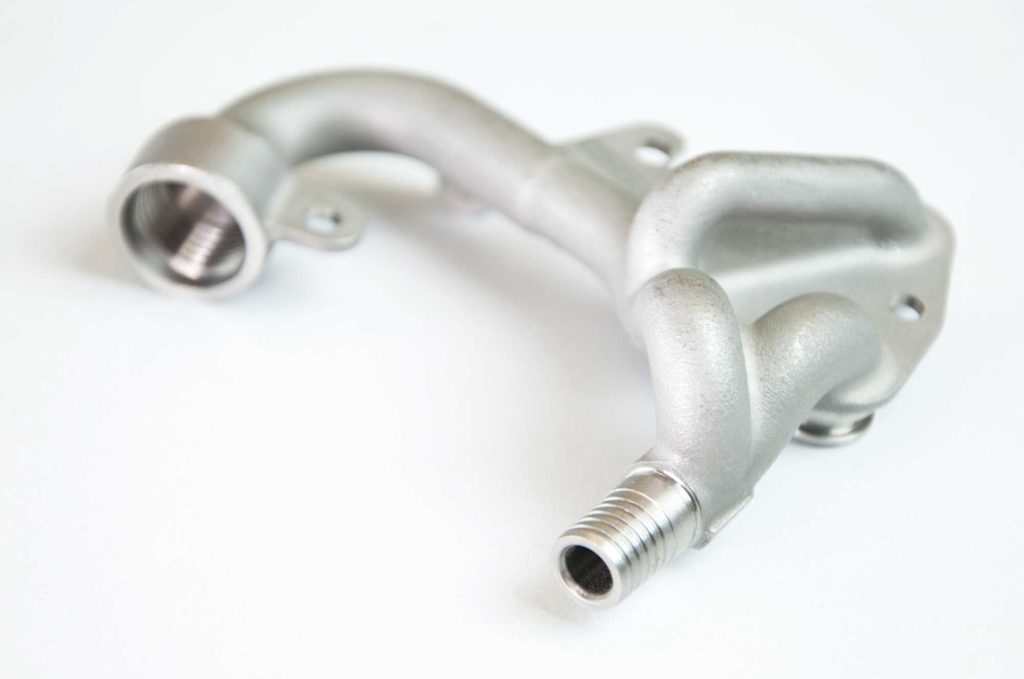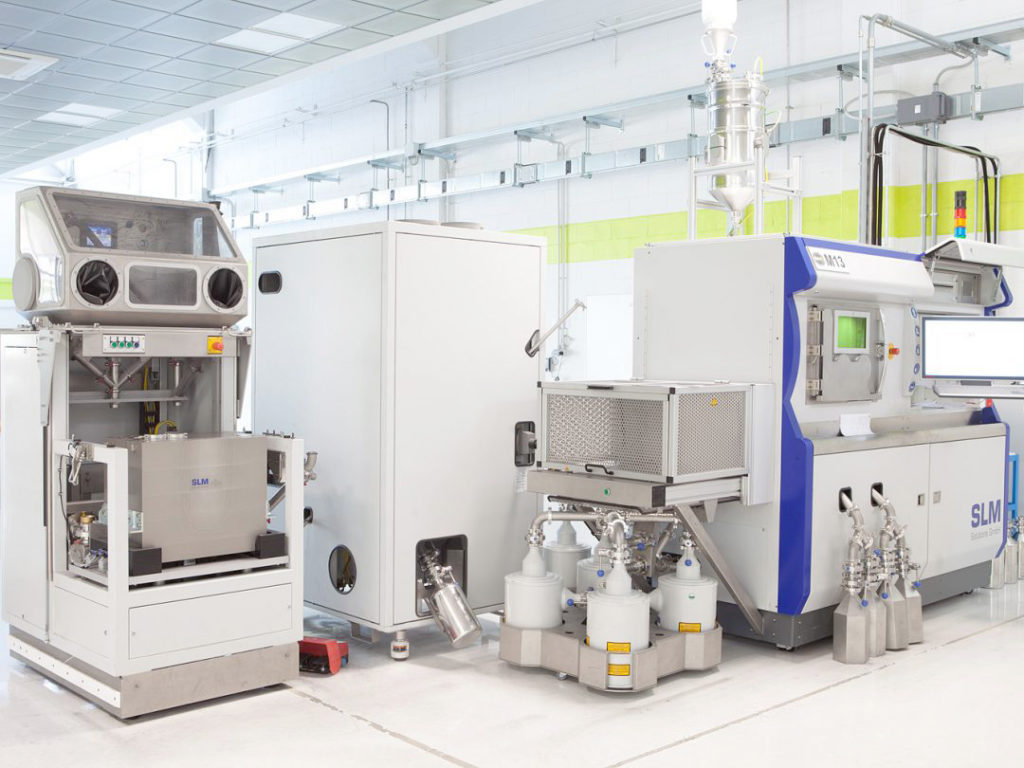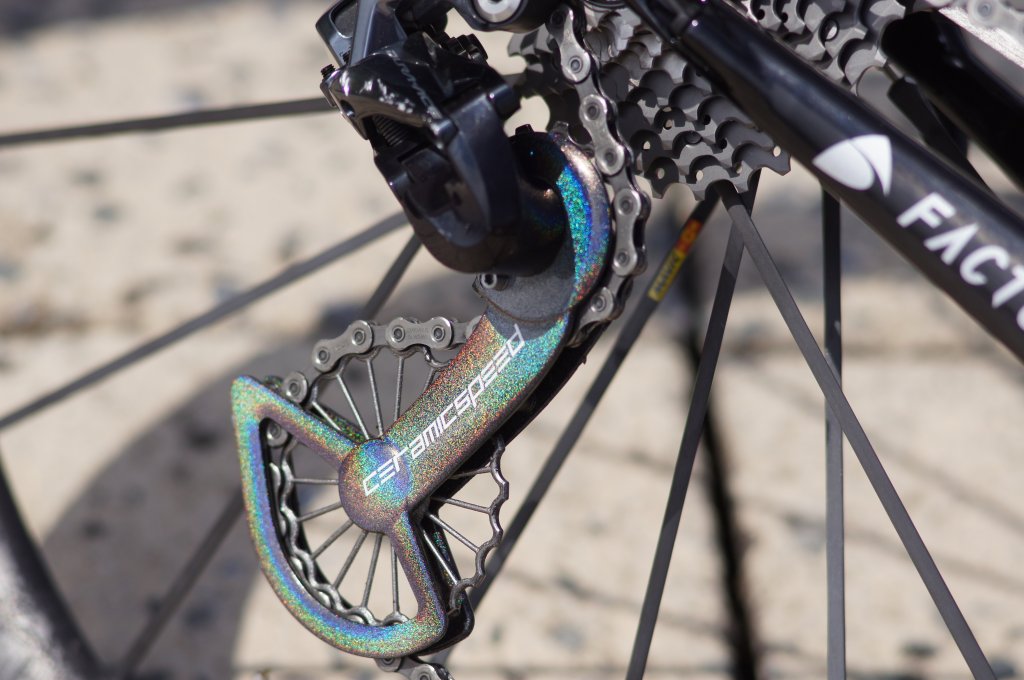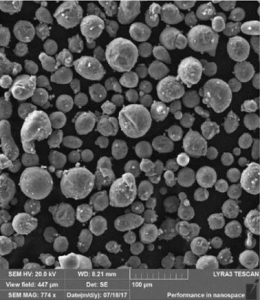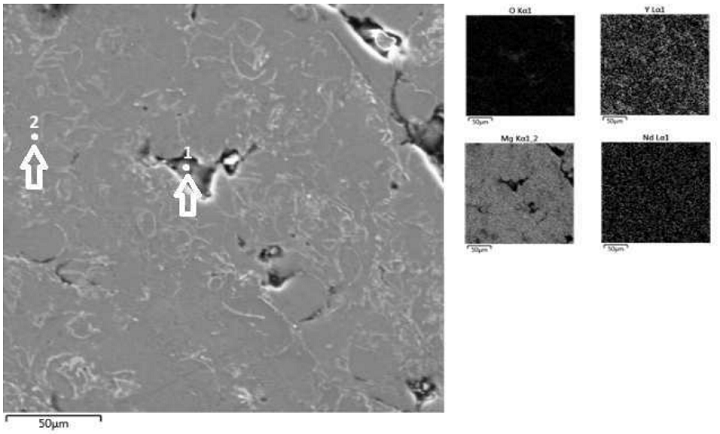Beam IT Commits to Buy 15 Metal 3D Printers from SLM Solutions
After Sandvik acquired a substantial stake in June 2019, Beam IT has made a massive purchase of metal 3D printers from SLM Solutions. Italy’s largest 3D printing service bureau has signed a letter of intent to buy 15 selective laser melting (SLM) machines over the next three years.
The exact systems Beam IT intends to buy fall across SLM’s entire product range, including the SLM280, SLM500 and SLM800. In particular, the company is investing in the multi-laser and closed-loop powder handling technology featured on the machines. This, the Beam IT team believes, results in higher productivity and a more reliable, safe and efficient method for 3D printing parts. The purchase is a part of Beam IT’s expansion of its manufacturing plant, which is more than twice as large as the previous space.
Mauro Antolotti, Chairman and Founder of Beam IT, said of the agreement, “Through the replacement of single laser products with SLM Solutions` multi-laser technology we are able to increase our productivity and provide competitive pricing to our customers. By partnering with SLM Solutions, we can meet our customer’s requirements to build high quality parts at increased productivity and expand our facilities.”
The 15 machines will augment Beam IT’s existing array of 20 metal powder bed fusion machines already installed. The company’s AS 9100 certifications for aerospace, and NADCAP approval, make it a substantial firm in the service bureau sector.
The purchase also signals Sandvik’s increased strength in the AM space, which already consists of metal powders manufacturing and engineering services. As a leading engineering multinational, the company has implemented 3D printing to improve both its own products and those of its customers. This includes the CoroMill 390 milling cutter, steel sliding cases for LKAB Wassara, Varel’s nozzles for hard-rock drilling, and a coolant clamp for Seco Tools.
All of this is a part of Sandvik’s larger strategy of maintaining growth and the top position in the world of the $17 billion metal cutting tools market, of which it represents roughly one fifth. In turn, Sandvik, Beam IT and SLM Solutions stand to become increasingly important players in the 3D printing industry. This will obviously be beneficial to SLM Solutions, in particular. Not just because of the revenue generated from the sale of each machine, but also due to the revamp in its image after failing to secure an acquisition by GE in 2016.
Based on the types of projects and deals that the company has been involved in over the past several years, it seems as though SLM Solutions has recovered from the snafu. In addition to the significant partnership with Beam IT, SLM has been working with Honeywell for metal 3D printing qualification, selling machines to Rolls Royce, and involved in the 3D printing of parts for Bugatti, among other things.
The post Beam IT Commits to Buy 15 Metal 3D Printers from SLM Solutions appeared first on 3DPrint.com | The Voice of 3D Printing / Additive Manufacturing.
SLM Solutions announces 21% increase for 2019
SLM Solutions and Honeywell to qualify 3D printing parameters for thicker layers
Dyndrite debuts Additive Manufacturing Toolkit Build Processor, partners with Renishaw
3D Printing Industry News Sliced: Farsoon Technologies, Rize, Titomic, 3D Systems, Formlabs, Protolabs, Dassault Systèmes
CeramicSpeed partners with DTI to create innovative cycling part using SLM Solutions metal AM
CeramicSpeed Collaborates with DTI for 3D Printed Bike Part
Germany’s SLM Solutions was a major catalyst recently in expanding manufacturing for a specific 3D printed bicycle part designed by CeramicSpeed, a Danish cycling company working in cooperation with selective laser melting experts Danish Technological Institute. Partnering to improve performance in cycling, the innovators worked together to create a durable titanium pulley wheel.
Testing this new part in this year’s Tour de France, the group of innovators found that the part was both road- and race-worthy. This is not CeramicSpeed’s first revolutionary part, however, as they continue to make a difference in professional cycling with components like ceramic bearings. In working with DTI, they can produce their parts on either a quad-laser SLM®500 or twin SLM®280 system.
“3D printing technology has given us a lot of leeway to experiment creatively with design, while at the same time being able to optimize a product’s function,” Carsten Ebbesen, R&D Manager at CeramicSpeed stated. “The collaboration with DTI has led us to develop and produce gears in a radically new design form that is only possible with 3D printing.”
All the classic benefits of 3D printing can be put to use in fabrication of bicycles and bicycle parts, not only because of affordability and speed in production, but also the ability to produce extremely lightweight components—some of which may not have been possible before, as in the creation of the pulleys, made with 17 spokes, a 2 mm diameter, and a wall thickness of only 0.4 mm. The developers state that with the hollow design, they have even been able to reduce the sprocket weight to 8.4 grams.
“The hollow geometry of the objects cannot be produced with conventional methods, and the 3D printing in combination with subsequent specialized processes leads to a unique innovative product,” said Thor Bramsen, Industrialization Manager at the Danish Technological Institute.
The new gears produced in this project have passed rigorous testing also, proving their quality—along with offering great durability, corrosion resistance, and low-density strength. Wear is a central focus as the pulley wheels are attached to the outer gears. Titanium was chosen as the ultimate material for these complex structures due to its mechanical properties.
Quality parts are built in serial production at DTI, as a result of a coordinated process chain relying on SLM Solutions AM hardware, which included remaining true to the client’s design, adding material for areas in need of CNC machining, and both optimizing support and minimizing the wall diameter and weight. DTI was put to the test during the project, with their team using their entire range of manufacturing knowledge from the beginning—and ending only at the time of delivery.
As a supplier and partner in metal AM manufacturing, SLM Solutions offers a vested interest in customers’ long-term success with metal additive manufacturing. A publicly traded company, SLM Solutions Group AG is headquartered in Germany with offices in France, Italy, the United States, Singapore, Russia, India and China.
As 3D printing makes an impact in nearly every industry today, bikes are no exception, and especially as users are availed of the ability to make their own modifications with frame components, 3D printed airless tires, and even entirely 3D printed bicycle bridges. What do you think of this news? Let us know your thoughts! Join the discussion of this and other 3D printing topics at 3DPrintBoard.com.
[Source / Images: SLM Solutions]
The post CeramicSpeed Collaborates with DTI for 3D Printed Bike Part appeared first on 3DPrint.com | The Voice of 3D Printing / Additive Manufacturing.
Researchers Compare Microstructure of As-Cast, Hot-Extruded, and 3D Printed Magnesium Alloy Samples
Alloys of the shiny gray chemical element magnesium (Mg) feature a high strength-to-weight ratio and a low density of about 1700 kg/m3, making them good options for technical applications in the automotive, aviation, and medical fields. But it’s been determined that their weight can be further decreased if porous structures are formed – which can be achieved with 3D printing. A team of researchers from the University of Chemistry and Technology Prague and the Brno University of Technology, both in the Czech Republic, wanted to study the microstructure of a particular magnesium alloy after it had been fabricated using three different methods: as-cast, hot-extruded, and 3D printed with SLM technology.
SLM 3D printing can achieve complex geometric shapes, but there are issues when it comes to fabricating magnesium alloys with this process, mainly high reactivity of magnesium powder, which can lead to unsafe oxide particles forming within 3D printed parts. Patrícia Krištofová, Jiří Kubásek, Dalibor Vojtěch, David Paloušek, and Jan Suchý recently published a study, titled ” Microstructure of the Mg-4Y-3RE-Zr (WE43) Magnesium Alloy Produced by 3D Printing,” about their work mapping an SLM 3D printed magnesium alloy’s microstructure.
“Magnesium alloys made in the form of 3D printing are relatively new production processes,” the researchers wrote. “The study therefore this process compared with current processes, which are now well known and mapped. It was therefore studied the microstructure produced by three different processes of production. The microstructure and chemical composition of present phases were studied using scanning electron microscopy (SEM) and energy dispersive xray spectrometry (EDS). Based on the microstructural examination, significant differences were found between the materials produced by different production processes. The microstructure of the as-cast alloy consisted of relatively coarse α-Mg dendrites surrounded by eutectics containing intermetallic phases rich-in alloying elements. During hot extrusion, the eutectics fragmented into fine particles which arranged into rows parallel to the extrusion direction. The 3D printed alloy was characterized by significantly refined microstructure due to a high cooling rate during the SLM process. It consisted of very fine dendrites of α-Mg and interdendritic network enriched-in the alloying elements. In addition, there were also oxides covering original powder particles and the material showed also some porosity that is a common feature of 3D printed alloys.”
The team used an SLM Solutions 280HL 3D printer to fabricate 15 × 5 × 60 mm rectangular samples of WE43 magnesium alloy, and used SEM and EDS to study their microstructures; then, these were compared to identical materials that had been manufactured through simple gravity casting and hot extrusion.
“The first sample was an as-cast ingot of 60×80×500 mm in size purchased from an industrial supplier. The second WE43 alloy sample was prepared by hot extrusion of the ingot. Cylinders with a diameter of 30 mm and a length of 60 mm were directly cut from the ingot and then extruded at 400°C, extrusion rate of 2 mm/s and extrusion ratio of 16. The resulting extruded rods had a diameter of 7.5 mm,” the researchers explained.
“The analysis revealed that 10% of the WE43 alloy powder particles had a size of 26.9 μm, 50% to 39.8 μm and 90% to 57.9 μm. Thus, the powder contains a sufficient amount of both larger and smaller particles. With respect to the particle size, the size of the building layer was 50 μm.”
The team conducted microscopic observations of the samples, and you can see the views of their microstructures in Figure 2.

Fig. 2: SEM micrographs of the WE43 alloy: a) as-cast, b) hot extruded, c) 3D printed by SLM, d) 3D printed by SLM – detail.
The as-cast alloy has a coarse microstructure, while the microstructure of the sample fabricated with hot extrusion was “considerably” modified. The microstructure of the 3D printed sample is completely different from the other two, featuring regions about 20-50 µm in size that are surrounded by thin boundaries.
“In addition, residual porosity is observed as dark areas between grey regions. The shape and size of grey regions indicates that these regions correspond to original powder particles, either totally or partly melted by laser beam,” the researchers explained. “A more detailed image in Fig. 2d shows very fine internal microstructure of these particles. It contains α-Mg dendrites (dark) surrounded by interdendritic regions (light) enriched in Y and RE elements. The average thiskness of dendritic branches is only approx. 3 µm, suggesting very high cooling rates during the SLM process. In literature focused on the SLM process, cooling rates of 103-106 K/s are often reported.”
The researchers also studied the distribution of elements in the material’s structure, which showed that both the hot-extruded and as-cast material samples had very low oxygen concentration. But the SLM 3D printed sample showed a different story, illustrated in Figure 5 and Table 4.
“First, element maps and point analysis demonstrate an increased concentration of oxygen in the material which is located mainly in pores (point 1) and also at bondaries between melted powder particles. In the particle interior the O-concentration is very low (point 2),” the researchers wrote. “Second, element map in Fig. 5 also indicates increased content of Y at powder particle boundaries. It can be assumed, that partial oxidation of the powder occurred during the SLM process inside the building chamber. Most probably, the atmosphere contained traces of residual oxygen which reacted preferentially with yttrium due to a high chemical affinity of these elements. For this reason, imperfect connection between powder particles and porosity are observed.”
Results show that an SLM material’s microstructure is “extremely fine” because of high cooling rates, and will also feature a high oxygen concentration “due to a high affinity of the alloy to this gas.” This creates an “imperfect connection” between powder particles and porosity. The researchers plan further studies of this magnesium alloy in order to produce pore-free compact material and decrease the “harmful influence of residual oxygen.”
Discuss this research and other 3D printing topics at 3DPrintBoard.com or share your thoughts below.
The post Researchers Compare Microstructure of As-Cast, Hot-Extruded, and 3D Printed Magnesium Alloy Samples appeared first on 3DPrint.com | The Voice of 3D Printing / Additive Manufacturing.

